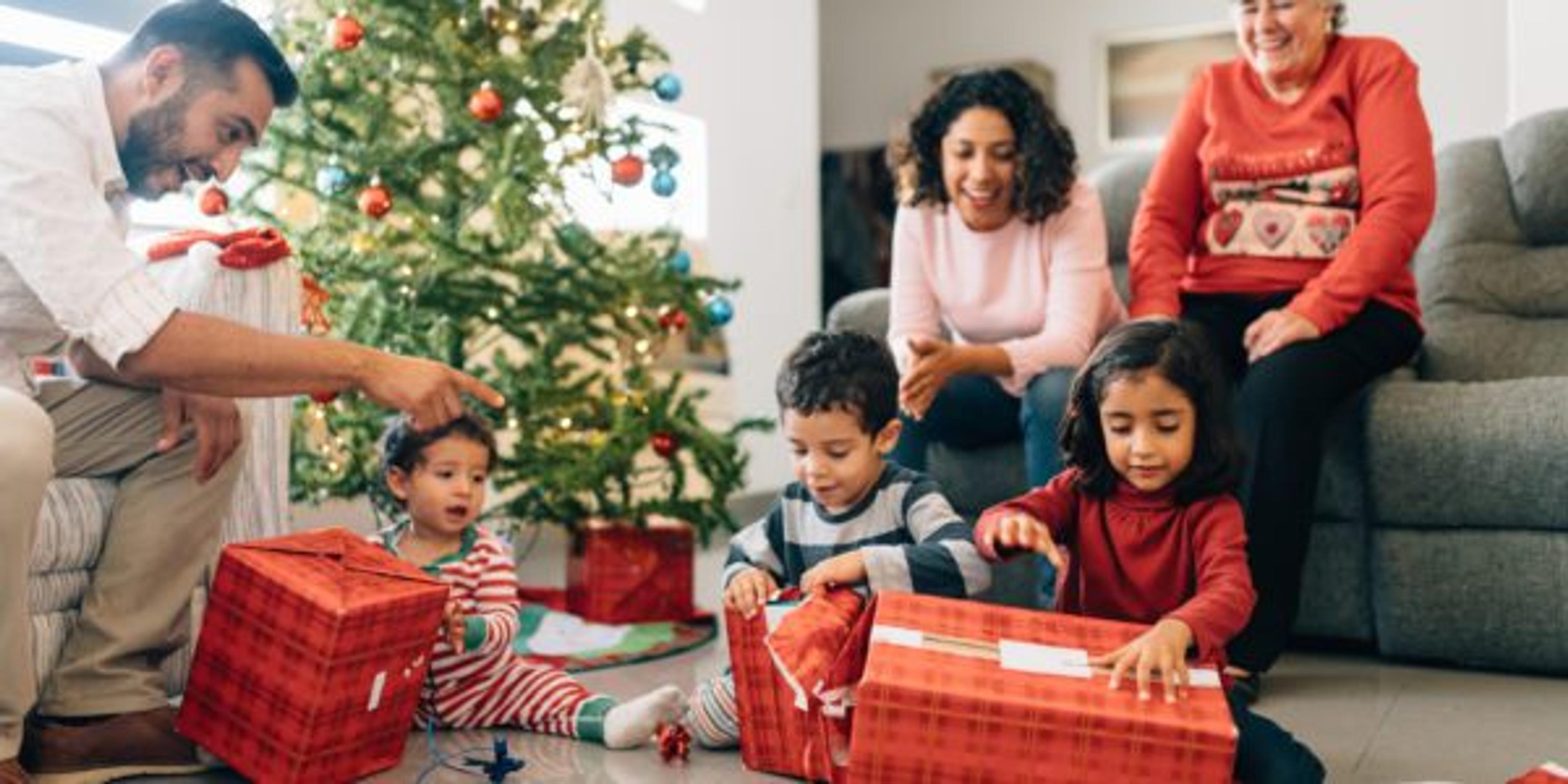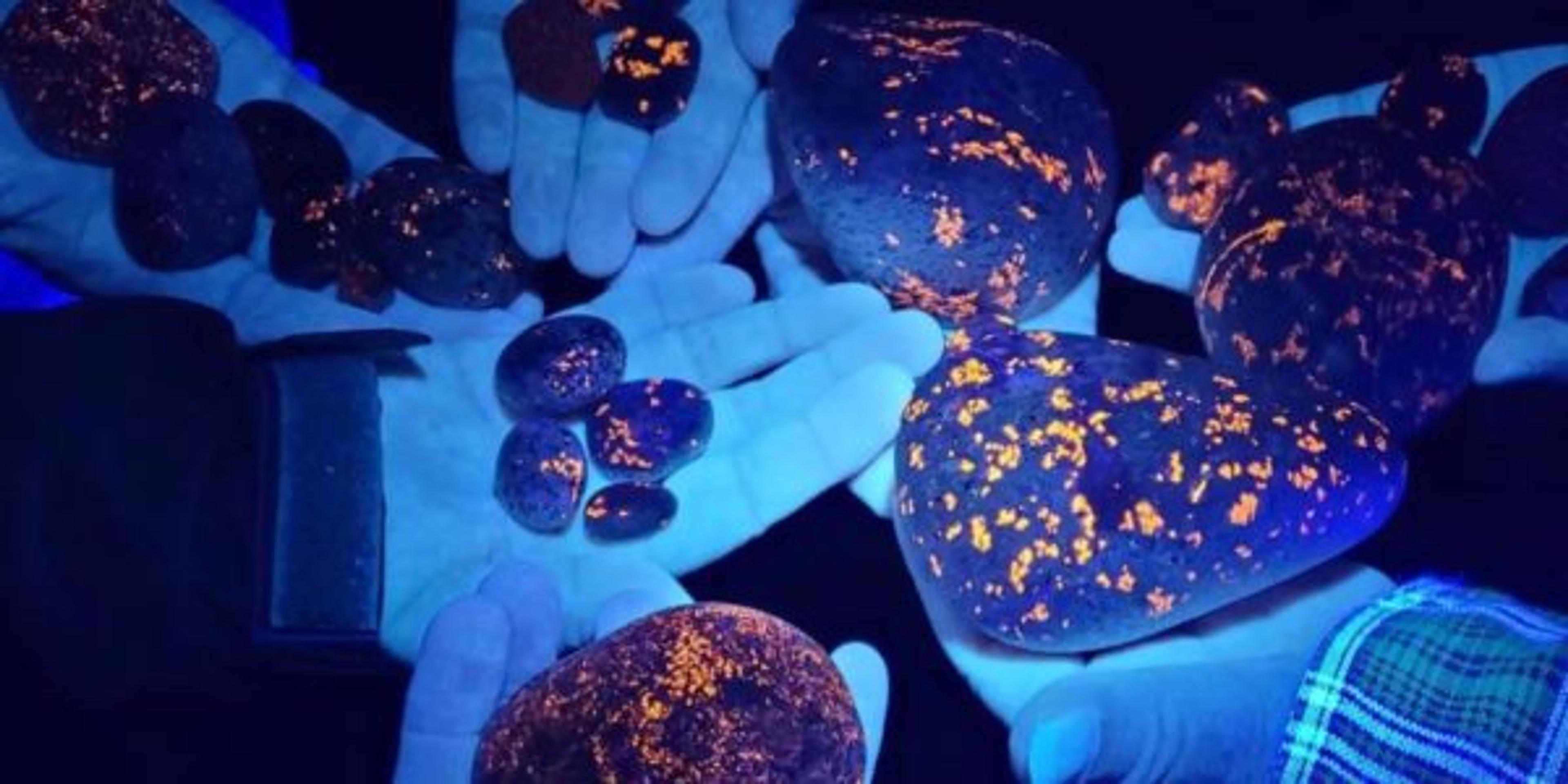Best Gifts for Kids & Babies This Year

Dr. Angela Seabright
| 4 min read

During the holidays, the toy section at stores or online can be overwhelming for both adults and children. With so many options to choose from, it can be hard to differentiate what toys would ultimately be best. For children, play is how they learn about the world around them and develop skills, so toys should help children grow in a fun way.
Infants 0 to 6 months
During this stage, babies change rapidly. While much of their early months are spent sleeping and eating, the precious minutes they do spend awake they use to learn faces, songs and develop their gross motor skills. “Tummy time” is a big part of their world – it’s when babies lay on their stomachs to strengthen their back and neck muscles, done while awake and under adult supervision. Here are some gift ideas:
- Mats and play yards to encourage them to reach and look
- Rattles, rings or toys to shake and make noise
- Soft books or board books with colors, textures and music
- Teething toys
- Unbreakable mirrors – babies love to look at themselves
Infants 7 to 12 months
By this age babies are on the go. They have learned to roll over and are sitting up, and eventually progress to crawling, scooting, pulling themselves up and standing. They’re also probably trying solid food for the first time. Here are some gift ideas:
- Baby plates and utensils
- Pretend play toys including baby dolls, stuffed animals or puppets
- Push and pull toys
- Things to build with, including wooden cubes or large soft blocks
- Things to crawl over, including low, soft cushions
- Things to drop and take out, like nesting toys, balls and plastic bowls
- Vehicles made from plastic or wood with wheels to move around
- Water toys
1-year-old toddlers
Around age 1 most toddlers begin to walk on their own. They are exploring the world and learning the mechanics of everything. Often, they’ll put toys and objects in their mouths. They’re learning their first words and want to try everything, but still need constant adult supervision. Here are some gift ideas:
- Board books with pictures of everyday items that will help children learn their first words
- Paper and crayons, washable markers or non-toxic, washable paint
- Pegboard puzzles and toys with switches, dials, knobs and lids to help children use their fine motor skills
- Pretend play toys like strollers, dress-up clothes, puppets, plastic animals and vehicles
- Things to build with
2-year-old toddlers
Two-year-olds are learning their boundaries. They have developed great control of their hands and fingers to play with smaller objects, but at the same time they enjoy big physical play to learn their limits. Here are some gift ideas:
- Art supplies or a large chalkboard
- Block puzzles with four to 12 pieces for problem solving
- Large and small balls to kick and throw
- More detailed picture books
- Pretend-play toys like kitchen sets, play food, construction sets, child-sized furniture
- Rhythm instruments like a small drum or maracas
- Sand or water play toys
- Small toys to ride on
Children 3 to 6 years
By this age, children have developed longer attention spans. They probably have found a favorite character, story or type of toy. Options can be slightly more complex, but still could incorporate the items that would be good for two-year-olds. Here are some ideas:
- Detailed picture books
- Dolls with accessories
- Games like a T-ball set and bowling
- Modeling clay or playdough
- More complex construction sets, blocks and building sets
- Music for children to play on a device
- Musical instruments like keyboards, xylophones, maracas and tambourines
- Puzzles with 12 to 20 pieces
- Tricycles, wagons, wheelbarrows
Safety first
For children under the age of three years, it’s especially important to make sure the toys are age-appropriate and don’t pose any safety risk. Infants and toddlers explore the world by putting everything into their mouths. Paying attention to small pieces, parts and electronics can make a big difference:
- Check for recalls with the Consumer Product Safety Commission
- Check toys frequently when they’re being played with as wear and tear can make a toy unsafe
- Electronics should be “UL Approved”
- Ensure batteries are secure and not accessible
- Ensure toys are well-made with no sharp parts or splinters
- Paint should be nontoxic and lead-free
- Store toys with button or lithium coin batteries out of reach when not in use
- Toys should be shatter-proof and easily cleaned
The greatest gift
Parents, grandparents and caregivers can all attest: sometimes the best toys for children aren’t toys at all. Whether it’s a cardboard box or the stash of Tupperware in the kitchen, children and toddlers can incorporate anything and everything into their play. Don’t stress too much about finding the “perfect” toy this year – ultimately, the greatest gift you can give a child is your time and attention.
Angela Seabright, D.O., is a care management physician at Blue Cross Blue Shield of Michigan.
Photo credit: Getty Images





